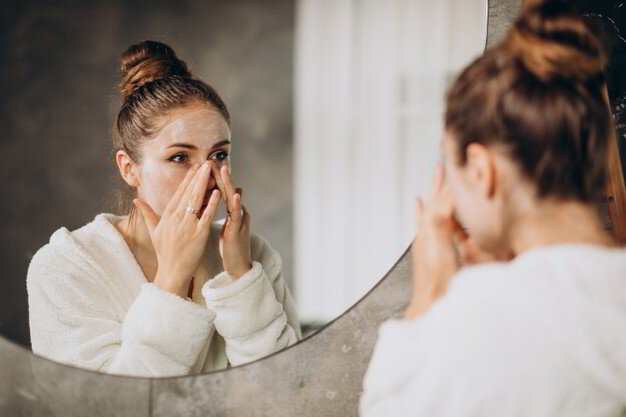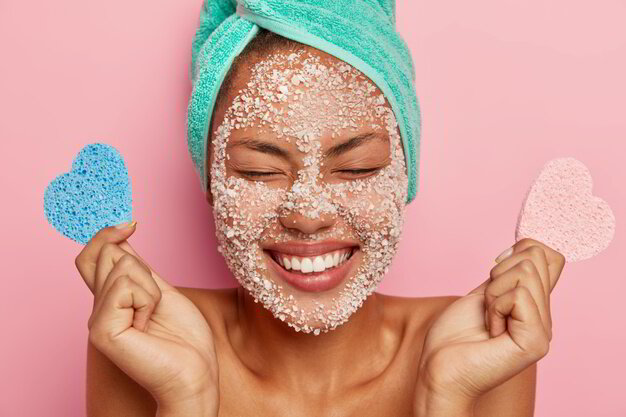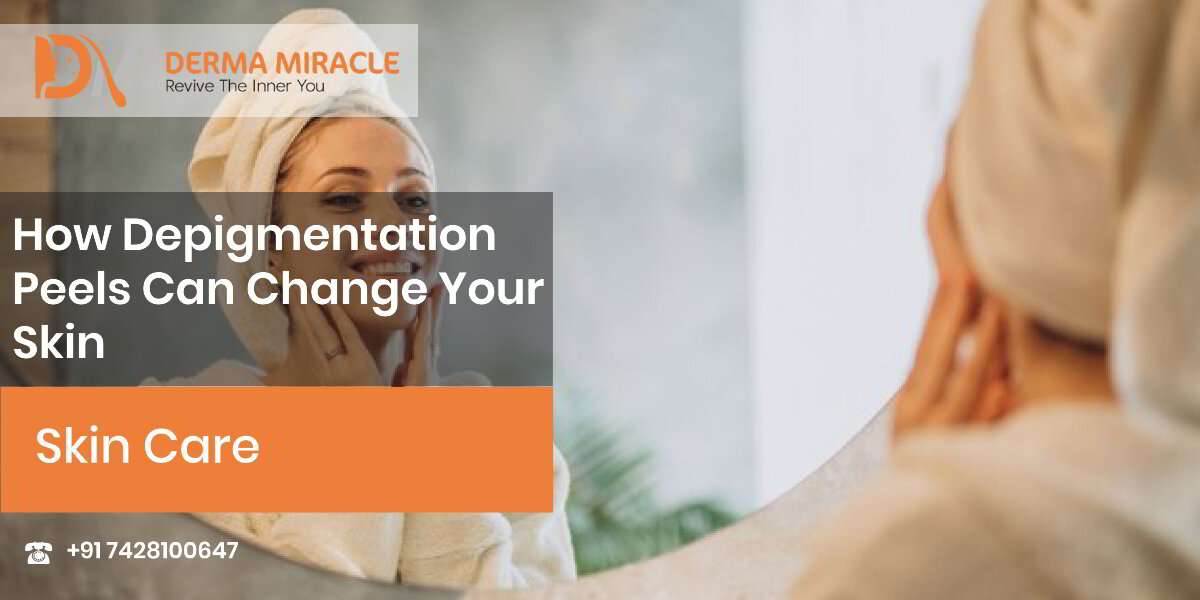Types of Peels
There are numerous types of depigmentation peels on the market. After you speak with your esthetician, they will decide which one is right for you. Often, you will start with the peel that has the lowest number of peeling agents in it. The reason for this, is your esthetician wants to test your skins sensitivity level. If you are giving a strong peel as your first peel, your skin may react poorly, and you could end up in excessive unnecessary pain. Here are the most common types of peels you can talk to your esthetician about:
- Glycolic Peels
- Salicylic Acid Peels
- Lactic Acid Peels
- Retinoic Peels
There are a few others, but those are the ones you are most likely to experience!
Table Of Content
Day 1 of your peel
On day 1, expect your skin to be sensitive after the peel. You’ll need to avoid the sunlight and water for the first 12-24 hours as these two elements can cause your skin to sting due to the chemical peels being fresh on your skin! You will be told to avoid washing your wash until the following morning or evening as well. Give your skin this rest. Your skin may also be itchy depending on the peel you received, try your best not to itch it since your skin will be more sensitive than usual.

Days 2-5
These are the days when you will see the highest level of skin changes. The peel has fully absorbed into your skin and is doing its job of causing your skin to peel. If you have a job where you have to wear a mask, expect to see higher rates of peeling due to the heat from under your mask. This is not a bad thing; it just means you’re peeling more! The peeling is often heavy, but it is not in thick layers. It usually looks like you simply have dry skin and need to moisturize, don’t be alarmed.During these days (and often up to 1 week) you will be provided with a specific after-care, skin care routine. Your esthetician will provide you with a face wash, serum, sunscreen, and two moisturizers. They are designed specifically for skin use after a peel.

Day 7
After about a week, you should see your skin start to return to its normal state. Pending your level of skin pigmentation, you may notice some of it going away already, some of you may not, but that’s okay! You’ll have another week before your follow up with your esthetician. Most of the time, the bulk of the changes occur in days 7-14 when the skin has stopped shedding and is now simply healing.

Depigmentation peels do not cause any permanent, unsafe changes to your skin. They only fix the parts of your skin that you do not like – such as uneven pigmentation. They are not dangerous, and they do not cause your skin to peel off like a face mask! These peels are actually beneficial for your skin as it can force your skin to renew and make you feel like a whole new person.
CONSULT DEMAMIRACLE
How Depigmentation Peels Can Change Your Skin
ACT BEFORE IT’S TOO LATE

FREE CONSULTATION AVAILABLE
Contact Us
